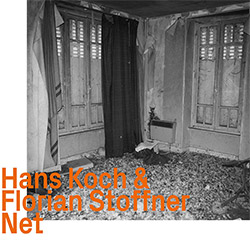
A limited release capturing the duo of two generations of improvisers — Hans Koch on clarinet and soprano saxophone, and Florian Stoffner on guitar — recorded in Koch's private Swiss studio, presenting six playful dialogs of remarkable mastery and pacing, where space becomes a third element, allowing their conversation to evolve with organic sophistication.
In Stock
Quantity in Basket: None
Log In to use our Wish List
Shipping Weight: 3.00 units
Sample The Album:
Hans Koch-clarinet, soprano saxophone
Florian Stoffner-guitar
Click an artist name above to see in-stock items for that artist.
UPC: 752156105824
Label: ezz-thetics by Hat Hut Records Ltd
Catalog ID: ezz-thetics 1058
Squidco Product Code: 35525
Format: CD
Condition: New
Released: 2024
Country: Switzerland
Packaging: Cardboard Gatefold
Recorded August 2021, by Hans Koch.
"As the saying goes, "Don't judge a book by its cover." The same goes for wine. And, of course, for album covers.
In this case, however, an exception may be made. After Hans Koch and Flo Stoffner decided to release these recordings, they made a conscious decision to use this image by photographer Maxi Schmitz as the album cover. The choice is interesting in the sense that it reveals something about the artistic stance of the duo and their relationship to sound and its creation. Koch and Stoffner improvise. In this case, it happened in Koch's private studio. A place familiar to both of them, where the two friends have often improvised before. However, experienced improvisers - and both have been successful for years - are capable of "emptying" a well-known space. Things in the room disappear as soon as the first note sounds. The dialogue emerges uncontrollably. Only later, when one reacts to the other, does the unconscious come into play. The sound takes over the guidance of the musicians.
The image on the cover, in turn, speaks to the outcome. It is not a snapshot capturing the immediate present. Nor is the scene staged. The image portrays a space in a certain configuration. It is the visual result of something that must have happened previously. Therefore, the space symbolizes the culmination of what we will hear on this album. In the finest detail, we become witnesses. Playful, often dance-like, and sometimes with a wink, the two protagonists engage in this lively dialogue. Although the two are good friends in private and have often played together in different formations: Here, familiarity is not a spoiler but an opportunity to embark together on previously unheard-of things. And it is certainly no disadvantage that they come from different generations, have different backgrounds, so that each one's perspective is always reflected in the other's.
As one delves deeper into this intimate interplay, one realizes that there is something third, unmistakably present in the room: Silence, as a soundless observer, joins the two, transforming the duo into a trio. In the liner notes for Tetratne (ezz-thetics 1026), recorded by Stoffner together with drummer Paul Lovens, the great Evan Parker aptly describes this situation: "It should be clear that in improvised music anything can happen. However, narrative coherence is only attained when events find their place in the time-line. A mystic might say the sounds are only there to map the silences between them, to generate an inaudible counterpart which is then the real music."
In the trinity of play, the two musicians, along with silence, begin to meander the sounds, gently assembling them into a vivid mosaic. This brings us back to the album cover. The depicted scenery, which superficially could be described with adjectives like "chaotic" or "neglected," has, in fact, been "created." The space is the result of a complex interplay of actions not pre-planned: it is the outcome of improvisation. By what or by whom? We do not know. However, it is a fact that Hans Koch and Flo Stoffner were able to recognize the reflection of their own work in that photograph.
But just as no film adaptation is capable of capturing the literary power of a novel in images, a photograph is also incapable of making music resound. The same applies to the written word. When it comes to improvised music in particular, an author of liner notes reaches his verbal limits. The only escape door that remains open is interpretation. It allows the author to influence the way the music reaches the listener. But is it necessary for the writer to describe the music, the philosophy of sound, the creative dialog from one point of view? Knowing that each individual listener hears something completely different based on his/her collective memories and experiences? Does the author elevate himself to a kind of mediator who places himself between art and its recipients? Is Susan Sontag right when she says: "Interpretation is the revenge of the intellect upon art"?
Or would the following advice alone be sufficient? Look at the cover of this album, then close your eyes and listen to the wonderful performances of these two musicians. Because in the end, all art speaks for itself."-Rudolf Amstutz, Feburary 2024
Artist Biographies
• Show Bio for Hans Koch "Hans Koch plays bass clarinet and soprano saxophone. He has played alongside of musicians such as Cecil Taylor, Evan Parker, Fred Frith, Paul Lovens, Barry Guy, Barre Phillips, Phil Minton, Peter Kowald, Hans Reichel, Tom Cora, Jim O'Rourke, Fennesz, Elliott Sharp, Anthony Coleman, DJ M. Singe, Voicecrack, Günter Müller, Jean-Marc Montera, and Joëlle Léandre in Europe, America, and Asia-and still managed to maintain his association with the Koch-Schütz-Studer Trio. He has put out compact discs on various labels." ^ Hide Bio for Hans Koch • Show Bio for Florian Stoffner "Florian 'Flo' Stoffner ( 1975 ) is a Swiss jazz guitarist and composer. Stoffner made his first experiences through performances with Harald Haerter and Erik Truffaz , including at the Lugano Festival. From the beginning of the 21st century he worked with musicians such as Marius Peyer ( Unsung Songs , 2000), Gitta Kahle , Christian Weber , Lionel Friedli , Hans-Peter Pfammatter , Manuel Mengis ( Into the Barn , 2004), Christoph Grab and Hilaria Kramer. , and in the Fat Son, Lauschangriff, Lila and Science Fiction Theater groups. In 2012 he came with a solo album... and Sorry ( Veto Records ). With Paul Lovens and Rudi Mahall he recorded the trio album Mein Freund der Baum ( Wide Ear , 2017). In jazz, he was involved in 15 recording sessions between 1990 and 2011." ^ Hide Bio for Florian Stoffner
3/26/2025
Have a better biography or biography source? Please Contact Us so that we can update this biography.
3/26/2025
Have a better biography or biography source? Please Contact Us so that we can update this biography.
Track Listing:
"Would the following advice alone be sufficient? Look at the cover of this album, then close your eyes and listen to the wonderful performances of these two musicians. Because in the end, all art speaks for itself."-Rudolf Amstutz
Hat Art
Improvised Music
Free Improvisation
Jazz
European Improvisation, Composition and Experimental Forms
Duo Recordings
Recordings by or featuring Reed & Wind Players
Guitarists, &c.
New in Improvised Music
Recent Releases and Best Sellers
Search for other titles on the label:
ezz-thetics by Hat Hut Records Ltd.





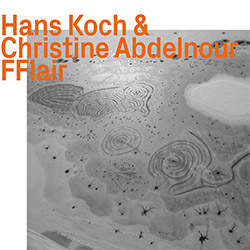



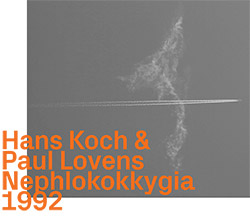

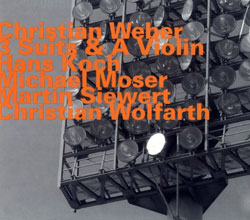
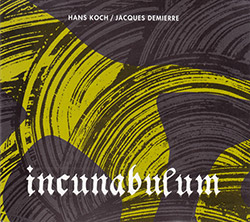
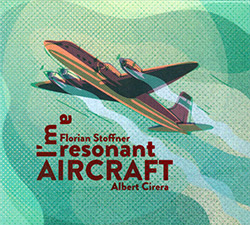

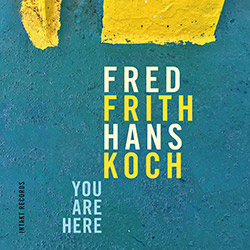
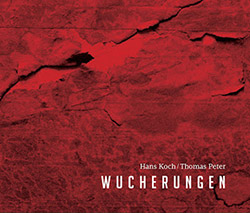
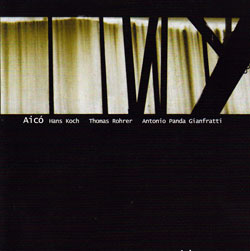


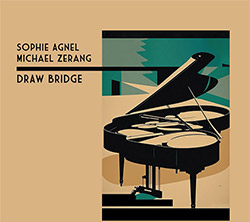
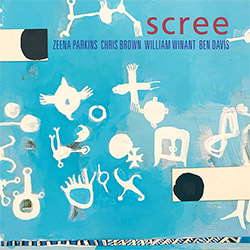
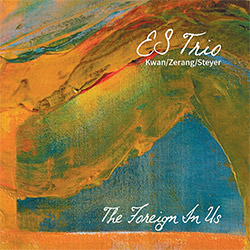
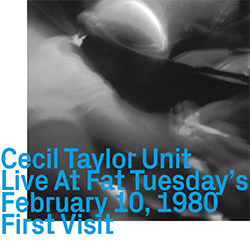







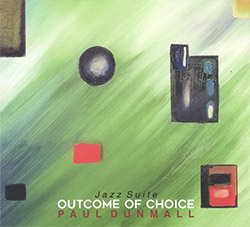
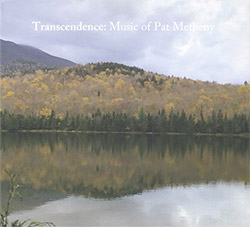

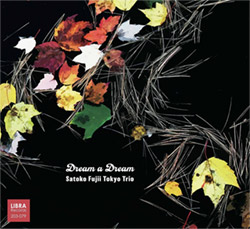
![Ackerley / Prymek / Turner: All Hope With Sleeping Minds [CASSETTE]](https://www.teuthida.com/productImages/misc4/35950.jpg)
![Myers, David Lee : Tin Drop Tear [BOOK w/ DOWNLOAD]](https://www.teuthida.com/productImages/misc4/36030.jpg)
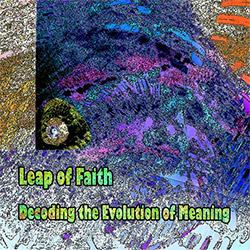

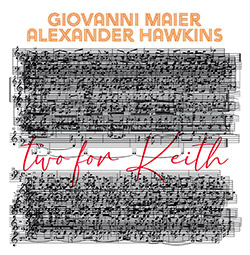
![Schindler, Udo / Sandy Ewen / Damon Smith: Munich Sound Studies Vols. 4, 5 & 6 [3 CDs]](https://www.teuthida.com/productImages/misc4/35966.jpg)

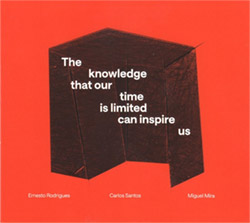
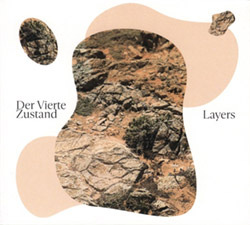



![Turbulence Orchestra & Sub-Units: Smear Out the Difficulties (Double Live) [2 CDs]](https://www.teuthida.com/productImages/misc4/36048.jpg)
![Perelman, Ivo / Tyshawn Sorey: Paralell Aesthetics [2 CDs]](https://www.teuthida.com/productImages/misc4/35871.jpg)
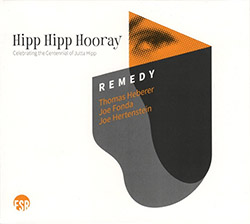
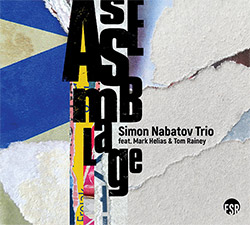
![Sjostrom, Harri: SoundScapes #4 Festival Berlin 2023 [3 CDs]](https://www.teuthida.com/productImages/misc4/35874.jpg)

![Musicworks Magazine: #150 Winter 2024/25 [MAGAZINE + CD]](https://www.teuthida.com/productImages/misc4/36035.jpg)
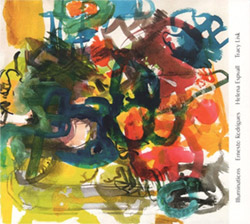

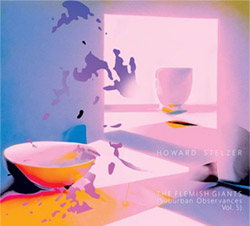

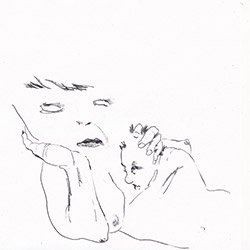
![Glenn, Jordan: Flustered [CASSETTE]](https://www.teuthida.com/productImages/misc4/35948.jpg)



![Lindorff-Ellery, Evan: Church Recordings from Monhegan [CASSETTE]](https://www.teuthida.com/productImages/misc4/35949.jpg)
![Schindler, Udo / Werner Dafeldecker / Gunnar Geisse: Travelling Sound Images - Cognitive Transfers [Trio]](https://www.teuthida.com/productImages/misc4/35767.jpg)
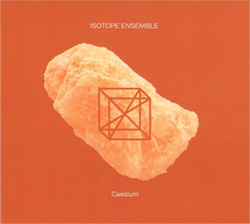
![Egberth, Dennis: The Dennis Egberth Dynasty [VINYL]](https://www.teuthida.com/productImages/misc4/35549.jpg)


![Schindler, Udo / Rieko Okuda / Eric Zwang Eriksson: Disturbed Terrains [2 CDs]](https://www.teuthida.com/productImages/misc4/35330.jpg)




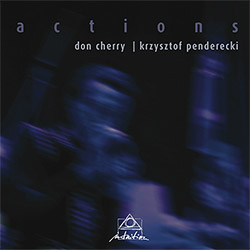


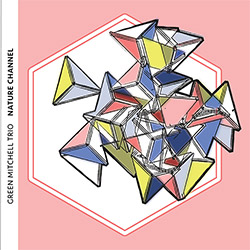

![Wolf Eyes / Anthony Braxton: Live At Pioneer Works, 26 October 2023 [VINYL]](https://www.teuthida.com/productImages/misc4/35839.jpg)

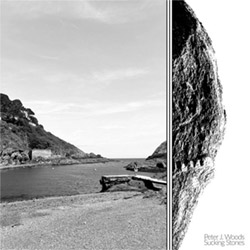
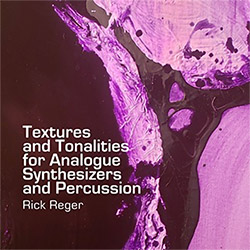
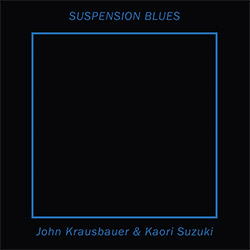
![Olencki, Weston : Pearls Ground Down To Powder [VINYL]](https://www.teuthida.com/productImages/misc4/35956.jpg)
![Myers, David Lee: Oculus [2CDs]](https://www.teuthida.com/productImages/misc4/35857.jpg)

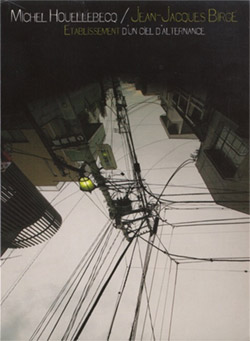
![dustsceawung: dustsceawung [CASSETTE w/ Download]](https://www.teuthida.com/productImages/misc4/35753.jpg)




![Halls of the Machine: Atmospheres For Lovers And Sleepers [CASSETTE w/ DOWNLOAD]](https://www.teuthida.com/productImages/misc4/35806.jpg)
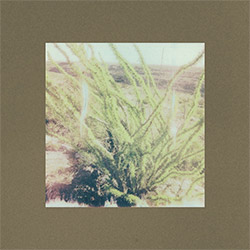
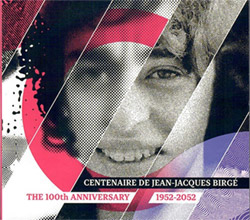

![AHC (Alexander Cooper): Lase [2 CDs]](https://www.teuthida.com/productImages/misc4/35754.jpg)



![Fagaschinski, Kai / Yan Jun : Graveyard Processions [VINYL w/ DOWNLOAD]](https://www.teuthida.com/productImages/misc4/35474.jpg)
![Brant, Cody / Carl Kruger: Smoke Detail [CASSETTE w/ DOWNLOAD]](https://www.teuthida.com/productImages/misc4/35551.jpg)







![Zorn, John / JACK Quartet: The Complete String Quartets [2 CDs]](https://www.teuthida.com/productImages/misc4/35609.jpg)

![Lonsdale, Eden: Dawnings [2 CDs]](https://www.teuthida.com/productImages/misc4/35480.jpg)







![Sanna, Claudio: Compositori Sardi Contemporanei II [2 CDs]](https://www.teuthida.com/productImages/misc4/35317.jpg)



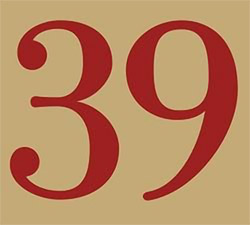
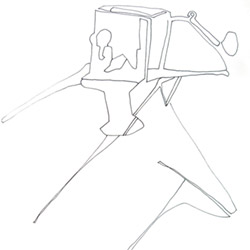


![Zurria, Manuel: Fame di Vento [3 CDs]](https://www.teuthida.com/productImages/misc4/35167.jpg)
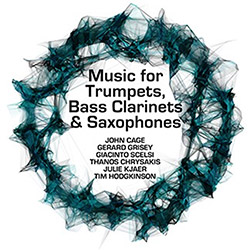
![Granberg, Magnus / Nattens Inbrott / Skogen: Holde Traume, Kehret Wieder! [2 CDs]](https://www.teuthida.com/productImages/misc4/35038.jpg)

![Electric Bird Noise / Derek Roddy: 8-10-22 [CD EP]](https://www.teuthida.com/productImages/misc4/35970.jpg)








![Elephant9 : Mythical River [VINYL]](https://www.teuthida.com/productImages/misc4/34624.jpg)



![Elephant9 with Terje Rypdal: Catching Fire [VINYL 2 LPs]](https://www.teuthida.com/productImages/misc4/35355.jpg)
![Deerlady (Obomsawin, Mali / Magdalena Abrego): Greatest Hits [VINYL]](https://www.teuthida.com/productImages/misc4/34876.jpg)







![Surplus 1980: Illusion of Consistency [CD]](https://www.teuthida.com/productImages/misc4/35069.jpg)
![Staiano, Moe: Away Towards the Light [VINYL + DOWNLOAD]](https://www.teuthida.com/productImages/misc4/35037.jpg)



![Caveira (Gomes / Sousa / Abras / Ferrandini): Ficar Vivo [VINYL]](https://www.teuthida.com/productImages/misc4/34643.jpg)
![Coley, Byron: Dating Tips for Touring Bands [VINYL]](https://www.teuthida.com/productImages/misc4/17906.jpg)

![Lost Kisses: My Life is Sad & Funny [DVD]](https://www.teuthida.com/productImages/misc4/lostKissesDVD.jpg)